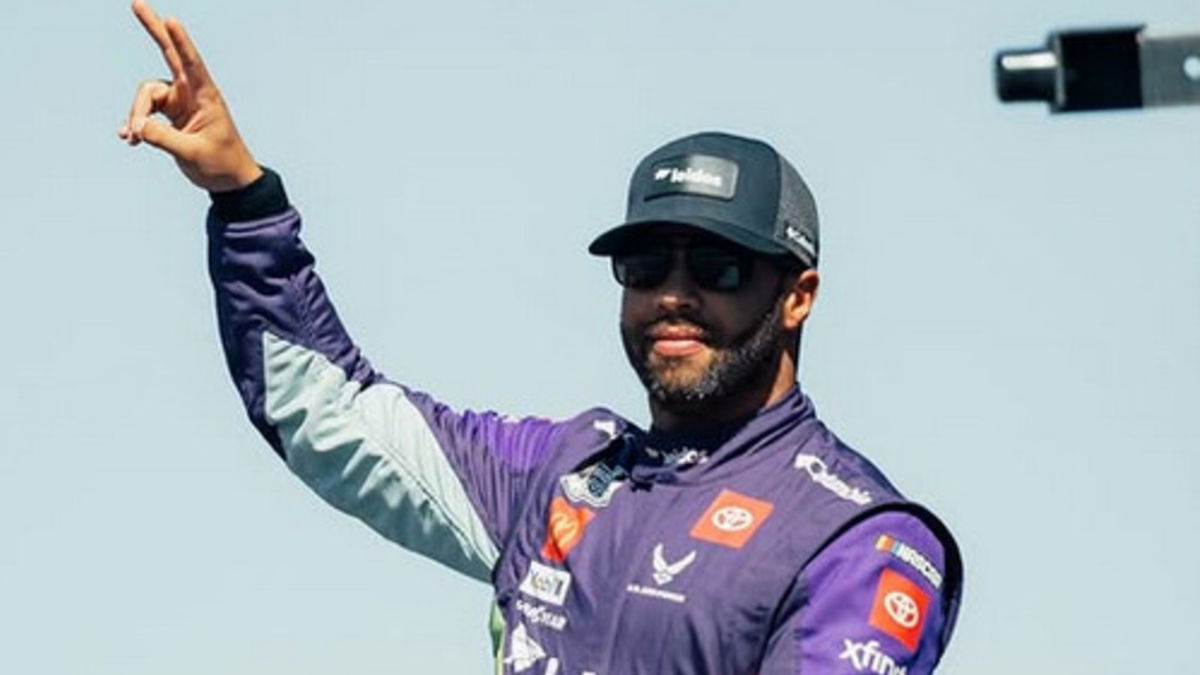Where Are Millennials While Boomers Protest Trump?

Published: 2025-09-02 00:52:51 | Category: Trump GNEWS Search
On Labour Day, a significant protest known as the "17x17k" rally took place along El Camino Real in California, aiming to assemble 17,000 participants over a 17-mile stretch. While older generations turned out in force to voice their concerns against former President Trump, the absence of younger demonstrators raised questions about youth engagement in political activism.
Last updated: 01 September 2025 (BST)
Understanding the 17x17k Protest
The "17x17k" protest represents a coalition of various groups, including Democrats and labour unions, who seek to highlight a range of issues ranging from immigration to education funding. The organisers aimed for a peaceful gathering that reflected a diverse cross-section of the community, yet the turnout was primarily composed of older individuals.
Key Takeaways from the Protest
- The protest aimed to feature 17,000 participants over 17 miles, but youth turnout was notably low.
- Older generations were vocal about their concerns regarding political issues affecting younger people.
- Protesters expressed a desire for increased youth engagement in political advocacy.
- Community leaders emphasised the importance of young voices in shaping future policies.
- Various causes were represented, including support for LGBTQ+ rights, immigration reform, and education funding.
The Generational Divide in Activism
The noticeable absence of younger people at the rally has raised eyebrows. Organisers expected a more vibrant presence of teenagers and young adults, especially given the pressing issues that directly impact their futures. Kristina Schmidt, a 63-year-old bookkeeper, urged young people to engage more actively in politics, stating, “You can’t vote until a certain age, but you can learn a lot of things until you reach that age.”
The Voices of Youth at the Protest
Despite the low numbers, a few young activists did attend the rally. Lucy Camp, a junior at Mountain View High School, voiced concerns about the impact of immigration policies on her peers. “We’ve had enough of this,” she said, emphasising the urgency for change.
Similarly, Mallika Ghante, an 18-year-old UCLA student, protested against cuts to science funding that have hampered educational opportunities for students. Her presence underscored the need for youth to advocate not only for their rights but also for the future of education and research.
Organisational Efforts and Community Engagement
IdaRose Sylvester and Sally Lieber, the co-coordinators of the protest, highlighted the extensive efforts made to engage a broad audience. They distributed over 10,000 flyers and utilised social media to encourage participation from local youths. Sylvester stated, “Youth voices are absolutely important. The future we are building now will impact them way more than it will impact me.”
Despite these efforts, the turnout did not meet expectations, with many participants clustering in shaded areas to escape the high-80s heat rather than filling the streets as anticipated.
Reflections from Older Protesters
Many older participants expressed concern about the future landscape for younger generations. Melissa Braunworth, a mother of three, lamented the differences in freedoms experienced by her grandparents compared to her children. “It’s very disconcerting to me,” she stated, highlighting a shared worry across generations.
Some participants attempted to uplift the mood, with live music and communal chanting, fostering a sense of solidarity among those present. Michele Bertolone from the American Association of University Women (AAUW) expressed hope for the movement, stating, “It makes me hopeful that we are not alone.”
The Broader Context of Political Protests in the US
This protest was part of a larger wave of demonstrations across the United States, with nearly 1,000 events planned to coincide with Labour Day. The aim was to galvanise support against Trump’s policies, which many perceive to be detrimental to various communities. The "17x17k" protest followed a previous demonstration in June that attracted an estimated 20,000 participants, indicating a potentially growing movement against the current administration.
Understanding the Need for Continued Engagement
Protests like the "17x17k" rally serve as a reminder of the importance of civic engagement across all ages. While older generations are stepping up, the question remains: how can the youth be better mobilised to participate in these critical conversations? As leaders like Katherine Naegele highlighted, the issues at stake are personal and pressing for younger individuals.
What Happens Next?
The outcome of the "17x17k" protest will likely inform future strategies for organising political activism aimed at younger audiences. Community leaders and activists must consider innovative approaches to engage youth effectively, using platforms where they are most active. The challenge lies not only in raising awareness but also in fostering a sense of urgency and empowerment among the younger generation.
FAQs
What was the purpose of the 17x17k protest?
The 17x17k protest aimed to gather 17,000 people along a 17-mile stretch of El Camino Real to voice opposition to former President Trump’s policies and highlight various social issues.
Why was youth participation low at the protest?
While several factors may have contributed, including scheduling conflicts and lack of awareness, the absence of strong youth representation raised concerns among older participants about the future of political activism.
What issues were protesters advocating for?
Protesters voiced concerns about a variety of issues including LGBTQ+ rights, immigration reform, education funding, and broader political policies affecting their communities.
How can young people get involved in politics?
Young people can get involved by educating themselves about political issues, attending local meetings, participating in protests, and communicating with their elected representatives about their concerns.
What are the organisers planning for future protests?
Future protests may focus on increasing youth engagement and participation, possibly by using social media campaigns and educational outreach to inform younger audiences about the issues at stake.
As political activism continues to evolve, the need for a united front that includes both older and younger generations becomes ever more crucial. How will the next wave of engaged youth shape the future of advocacy? #YouthEngagement #PoliticalActivism #17x17k



